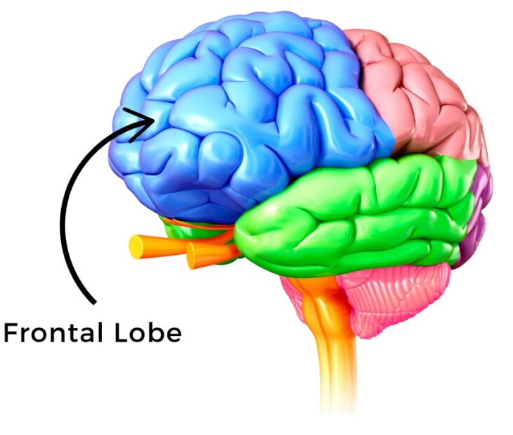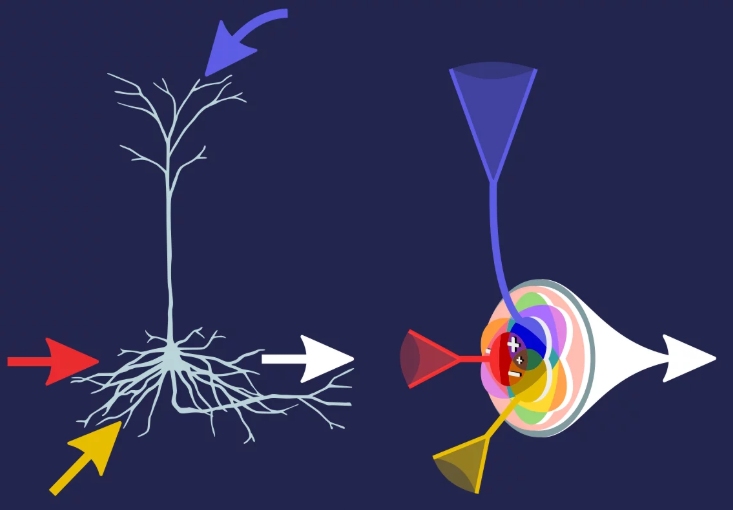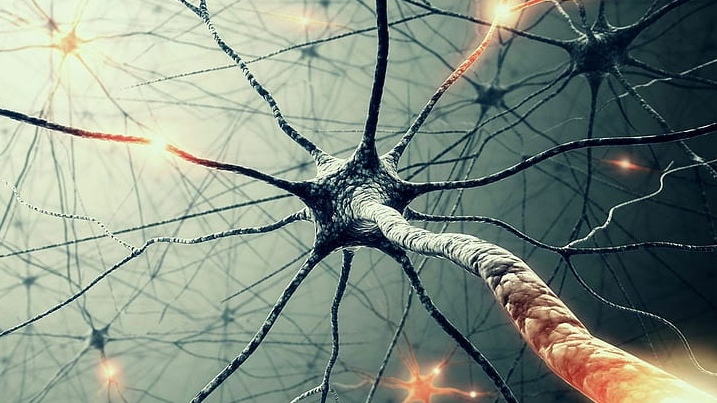
If you’ve ever tried to remember where you parked your car while also keeping track of your grocery list, you’ve felt the limits of working memory. A new study from researchers at NYU and Ohio State digs into how the brain decides what to hold onto more carefully and most importantly, how it does it.
The experiment was pretty simple on the surface. Participants were shown two dots on a screen and asked to remember where they were. One dot was marked as more important, that is, high priority, while the other was lower priority. Sometimes they were later asked to recall the location of the high-priority dot, sometimes the low one. Meanwhile, fMRI scans tracked what was happening in their brains.
Brain Decides What Stays and What Goes
What they found is that the brain doesn’t treat all memories equally. The visual cortex, the part that handles what we see, stored both dots, but it held onto the high-priority one in much finer detail. When participants were asked to point out where the high-priority dot had been, they were more accurate. Their responses were closer to the actual location. But their efficacy on identifying the low-priority dot didn’t come up to the mark. It was fuzzier in their memory, and their guesses were more spread out.
That part might not be too surprising. We’ve known that attention matters in memory, and that we don’t have unlimited space up there. But what’s really interesting is how the brain makes that decision, which means, what gets stored more precisely, and what doesn’t.
Brain Talks to Itself
The key seems to be a conversation between two parts of the brain: the frontal cortex and the visual cortex. The frontal cortex, which is more involved in decision-making and planning, appears to act like a manager. It decides which piece of information is more important and then tells the visual cortex to give that item more resources, to make its memory trace sharper and more precise. It’s a bit like having a limited number of highlighters and choosing to use the brightest one on something you know you’ll need later.
Here’s a fun way to think about it: imagine you’ve got a limited number of highlighters, and you’re studying for a test. Do you mark everything on the page? Of course not. You bust out the brightest, most obnoxious color (hot pink, obviously) for the stuff you really need to remember. That’s what your brain’s doing, except with neurons instead of stationery.

Brain Remembers What Feels Important, Not Just What It Sees
The researchers also managed something that’s rarely done in this kind of brain imaging work, they were able to decode the neural activity related to both items at the same time. That’s tricky because brain signals for different things tend to overlap. But using some pretty advanced analysis techniques, they could separate out the activity linked to each dot. And just like the behavioral results showed, the high-priority dot had stronger, clearer signals in the brain.
They even found that the strength of this memory signal in the visual cortex was predicted by what was happening in the frontal cortex on each individual trial. So, when the frontal cortex was more engaged, the memory trace in the visual cortex was more precise. It’s a tight link and it backs up the idea that memory quality depends not just on perception, but also on internal decisions about what matters most in that moment.
This kind of work helps explain why we remember some things better than others, even when we see them at the same time. It’s not just about what catches our eye, it’s also about what our brain decides is worth remembering.
Takeaway
While this study focused on remembering the location of dots, the bigger takeaway is that our brains are constantly doing triage. We don’t have infinite memory, so we make trade-offs. If you’ve ever forgotten someone’s name five seconds after hearing it while you were focused on something else, this is why.
The study was published in Science Advances and supported by the NIH, among others. Beyond the findings, it also opens up new ways to look at how the brain manages more than one thought at a time, especially when some of those thoughts are more important than others.
So next time you forget where you put your phone but remember exactly what song was playing when you got a text, don’t beat yourself up. Your brain probably just decided the music was more important at that moment.
Source: Neuroscience News



